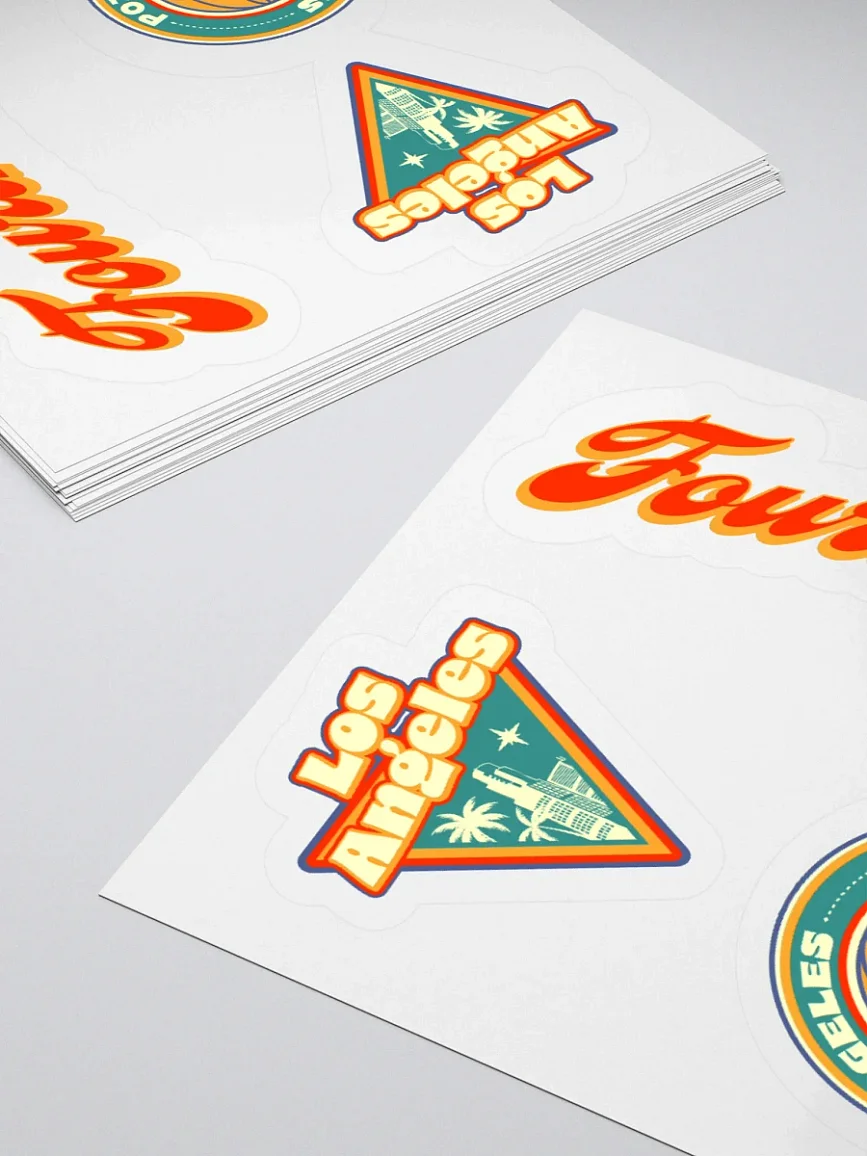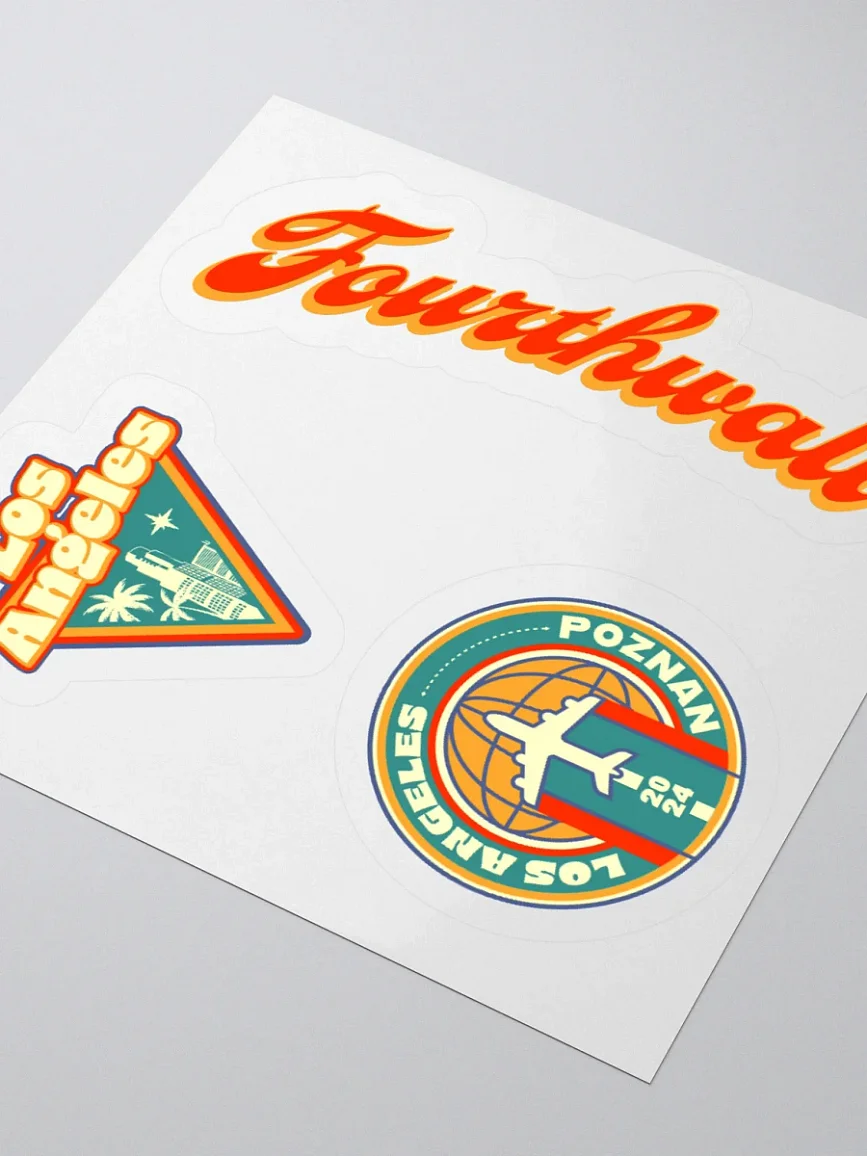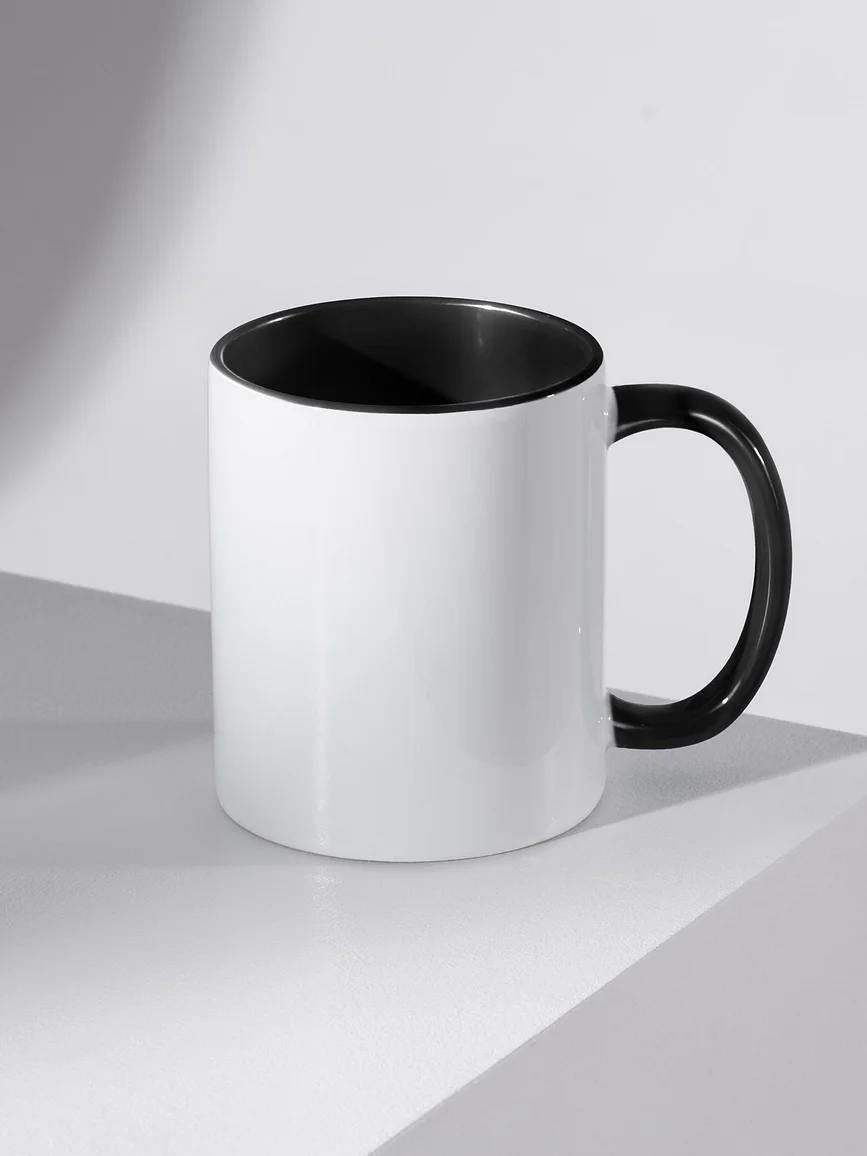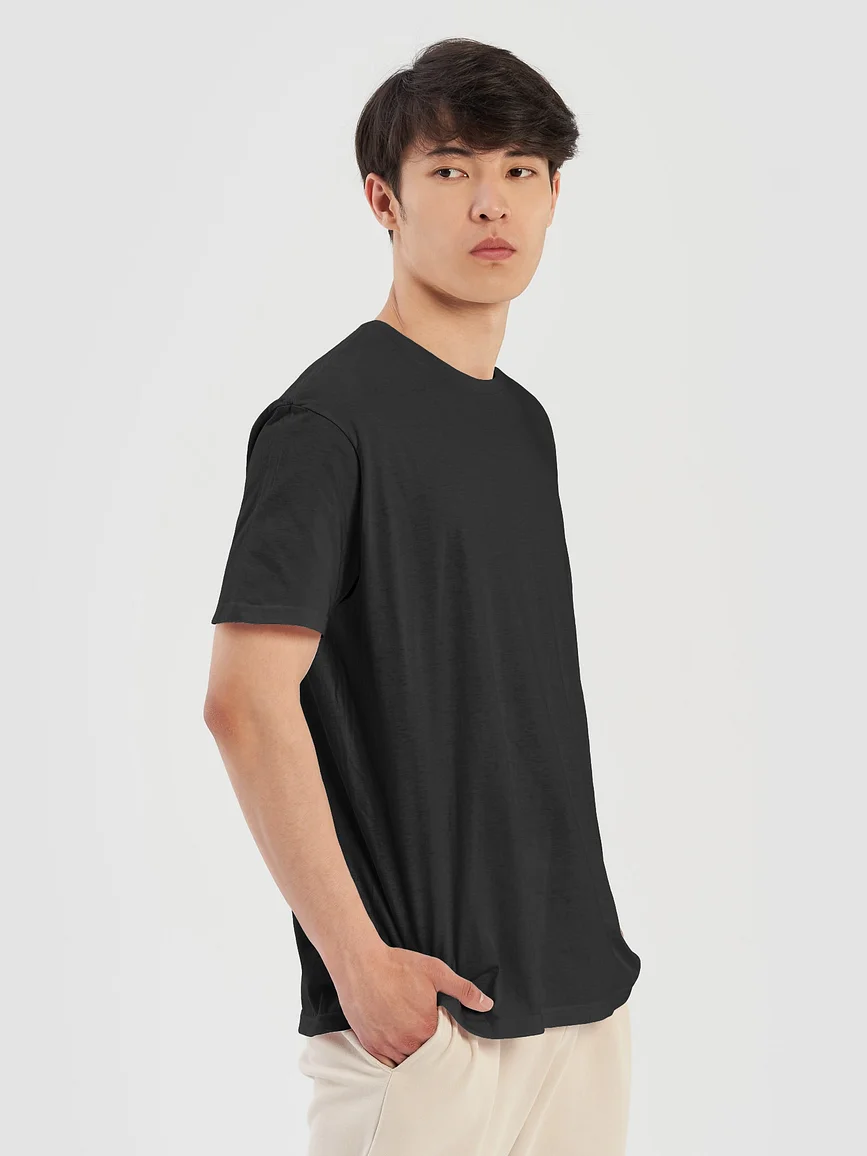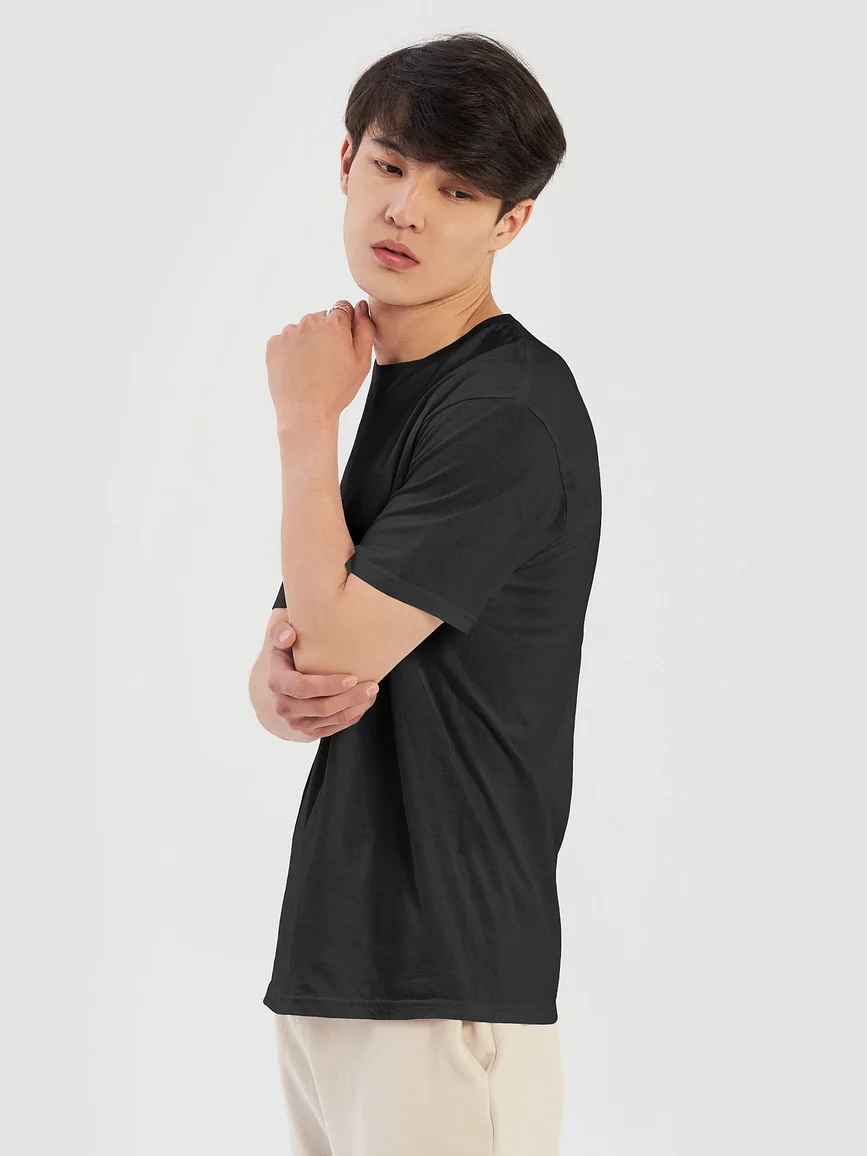Print-on-Demand vs. Bulk Inventory: What’s Better for Your Merch Brand?
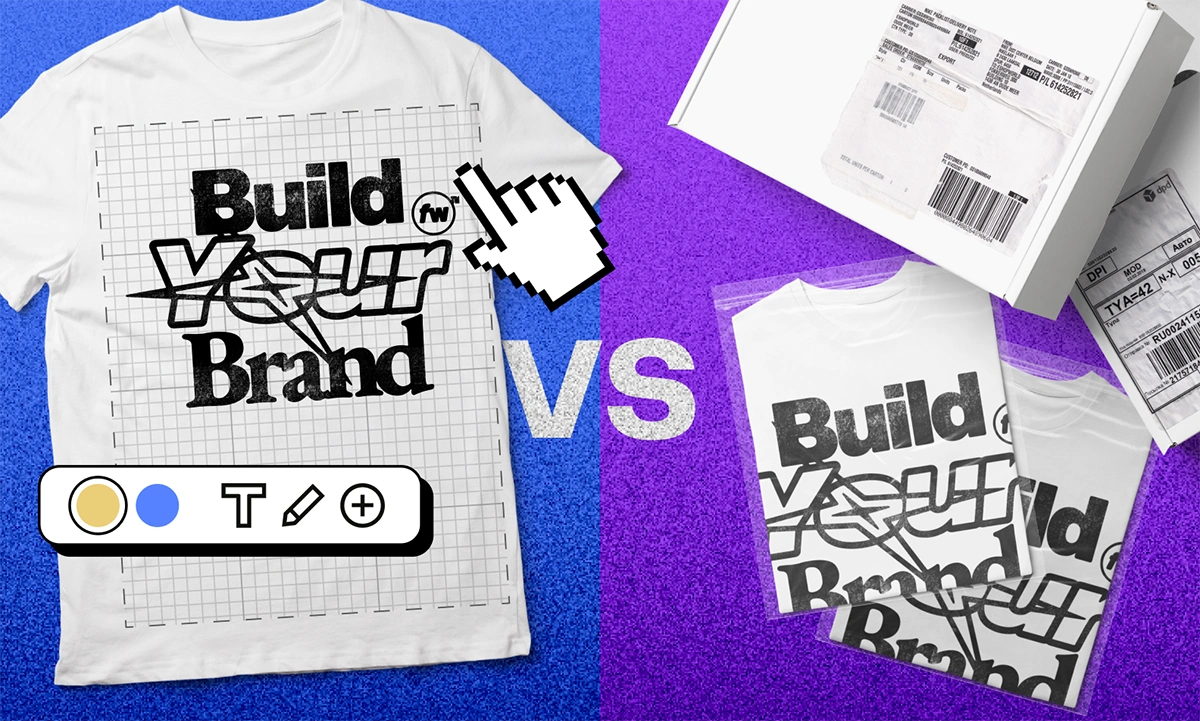
You’ve got the designs, the audience, and the hype; now it’s time to actually sell your merch.
But here comes the big question: Do you drop hundreds of dollars on bulk inventory upfront and hope it sells? Or do you play it safe with print-on-demand and only make products when someone orders them?
Both fulfillment models offer distinct advantages (and a few headaches), depending on your goals, budget, and risk tolerance, but choosing the right one can either make or break your merch strategy.
In this guide, we’ll break down the pros and cons of each system so you can figure out which path fits your brand best. Plus, we’ll show you how platforms like Fourthwall make it ridiculously easy to launch your merch without drowning in logistics or upfront costs.
What Is Print-on-Demand (POD)?
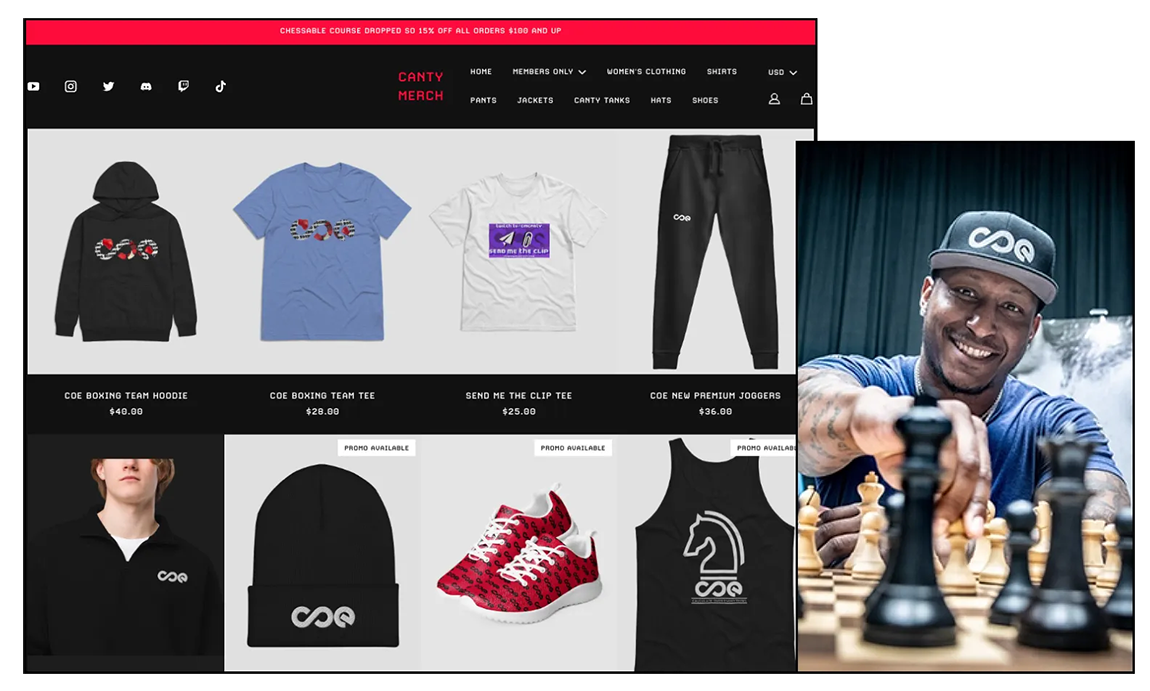
Print-on-demand (POD) is a business model where products are only printed and shipped after a customer places an order, meaning there’s no need to buy in bulk or manage inventory upfront.
Instead of filling your closet with unsold shirts or stressing over warehousing and logistics, POD platforms like Fourthwall and Printify handle the entire fulfillment process for you, from printing to packing to shipping.
Everyday POD items include t-shirts, mugs, phone cases, stickers, and other custom merch that creators can easily sell through their online store.
This setup is especially appealing for first-time sellers and small creators because it removes the financial risk of buying in bulk while still offering solid profit margins.
If you're just getting started or want to test designs without overcommitting, POD makes it easy to scale your merch line with minimal investment and zero inventory headaches.
Pros and Cons for Using Print-on-Demand
✅ Pros
- No Upfront Costs: With print-on-demand, you don’t need to invest in bulk orders or pay suppliers in advance. Since each item is produced only when a customer places an order, you avoid the financial risks tied to holding excess inventory or guessing which designs will sell.
- No Storage or Shipping Required: Platforms like Fourthwall take care of all the fulfillment by handling printing, packing, and shipping. That means no stockrooms, no supply chain headaches, and no weekends spent printing shirts in your garage.
- Wide Product Selection: From t-shirts and hoodies to mugs, phone cases, and wall art, POD platforms offer a broad variety of custom products to choose from. Fourthwall, for example, provides a full catalog of high-quality merch options without requiring you to manage any stock yourself.
- Easy to Scale with Low Risk: Because you don’t have to order large quantities upfront, scaling your online store is simple. You can launch new designs quickly, test what your audience likes, and add or remove products without worrying about leftover items or warehouse costs.
❌ Cons
- Slightly Higher Per-Item Cost: Since you’re producing one item at a time, the cost per unit will usually be higher than when you’re buying in bulk. That can cut into your profit margins unless you price your products strategically or use limited drops to drive demand.
- Less Control Over Packaging: With POD, the supplier manages the packaging and production, which limits your ability to add custom tags, tissue wrapping, or handwritten notes (things that can enhance the customer experience and brand loyalty).
- Fulfillment Speeds Can Vary: While Fourthwall has reliable turnaround times, some POD orders may take longer to ship, especially during peak seasons. If you're selling time-sensitive merchandise, such as holiday-themed shirts, consider shipping timelines when setting custom expectations.
What Is Bulk Inventory?

Unlike print-on-demand, where products are made only after someone places an order, bulk inventory means buying and storing your merch upfront. It is often available in large quantities and at wholesale prices.
This business model gives creators more control over product quality, packaging, and fulfillment, but it also comes with more responsibility.
You'll need to manage everything from inventory storage and shipping to handling returns, either in-house or through third-party logistics (3PL).
While buying in bulk can boost your profit margins and cut down on per-item costs, it also requires a bigger upfront investment and comes with the risk of leftover stock if demand doesn’t meet expectations.
This method of printing is usually ideal for established creators or businesses with proven demand and the capacity to handle logistics at scale.
Pros and Cons of Bulk Inventory
✅ Pros
- Lower Cost Per Unit: When you order in large quantities, you benefit from wholesale pricing and reduced bulk printing costs. This boosts your profit margins and allows you to price competitively. This is especially useful for high-volume sellers or businesses scaling fast.
- Full Control Over Packaging and Presentation: With inventory-based models, you oversee every detail, from quality control to branding, labeling, and custom packaging. This level of customization gives your brand a polished, premium feel and can be a big factor in creating a memorable unboxing experience.
- Faster Shipping (If Pre-Packed): When products are already printed, packed, and ready to go, you can offer faster fulfillment, especially for domestic orders. This is great for building customer trust and competing with fast shipping standards set by platforms like Amazon or Shopify.
❌ Cons
- Requires Upfront Investment: Purchasing shirts in bulk or other items requires a significant upfront investment. This increases your financial risk, especially if the demand doesn’t meet expectations or if you’re launching a new product without data to back it up.
- Risk of Unsold Stock: One of the biggest downsides? Getting stuck with dead stock. If a design flops or trends shift, you're left with piles of unsold inventory that take up storage space and eat into your budget.
- Handling Logistics (Storage, Shipping, Returns): From organizing inventory management and coordinating shipping to dealing with returns, running a bulk inventory operation can get complicated fast. You may need to rent warehouse space, hire help, or work with a third-party logistics (3PL) provider, none of which are cheap or simple.
Which Business Model Is Right for You?
Deciding between print-on-demand and bulk inventory isn’t just about how you fulfill orders; it’s about how you want to run your brand.
Think of it like choosing between flexibility and control, or between low risk and high reward. Your decision will come down to your upfront budget, how hands-on you want to be with production and shipping, and whether you’re testing the waters or ready to scale.
Go with Print-on-Demand if...

You want to skip the upfront investment and avoid the headache of managing stock.
POD is ideal for creators, small brands, and side hustlers who’d rather focus on design, marketing, and building community than handling packaging or warehousing.
With platforms like Fourthwall, you can sell custom shirts, mugs, stickers, and more without printing a single item until it's sold. This model is perfect if you:
- Want to launch your merch line with minimal startup costs
- Are you testing new designs or trending ideas without committing to bulk orders
- Prefer on-demand fulfillment to avoid dead stock or overproduction
- Value speed and scalability over having total control over packaging or quality control
- Don’t want to deal with inventory management, warehousing, or shipping logistics
Choose Bulk Inventory if...
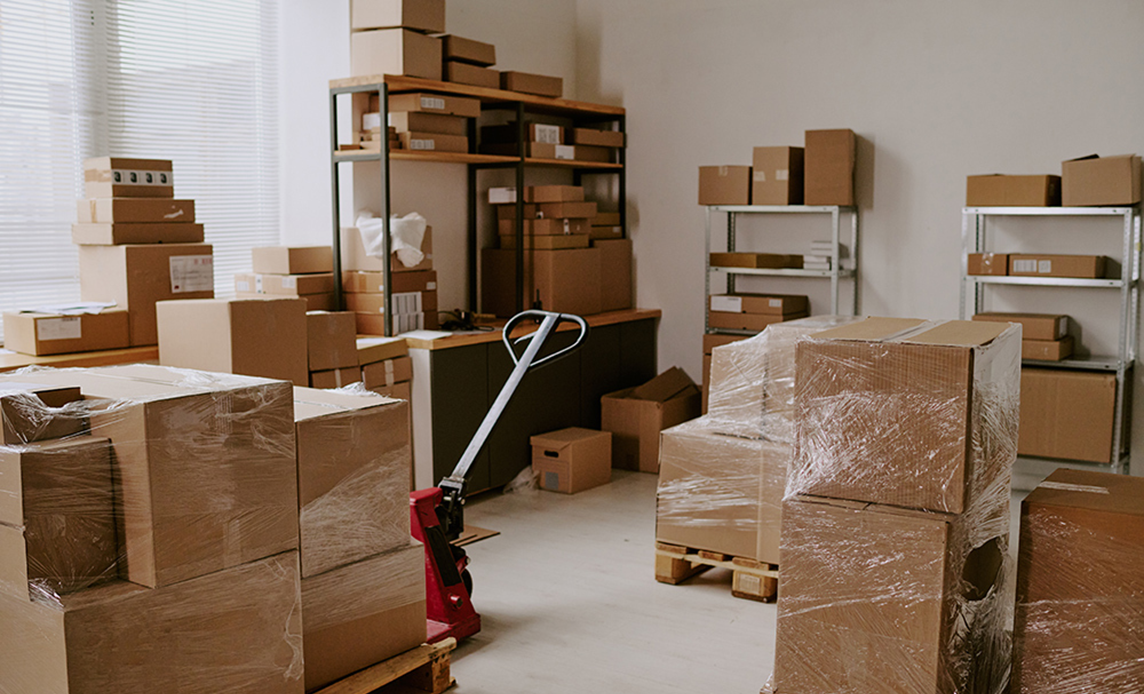
You’re building a brand that needs tight control over every detail, from how your shirts are folded to the exact shades of ink used in printing.
Bulk inventory works best for established sellers or businesses with steady demand and the funds to invest in stock upfront.
It's also great for high-volume launches, events, or premium merch drops that need specific finishing touches. This model is right if you:
- Have the budget to buy in bulk and cover storage or 3PL services
- Want full control over product customization, quality assurance, and packaging
- You're selling high-demand items that move consistently (like evergreen designs)
- Already have a strong audience and can confidently predict sales volume
- You're creating high-margin products that benefit from wholesale pricing and bulk printing
Still Not Sure? Try a Hybrid Approach.
Some brands mix both models, starting with POD to test which items sell best, then moving to bulk orders for popular products once demand is proven.
It's a smart way to minimize risk while still scaling your business efficiently.
However, no matter which path you choose, understanding the pros and cons of each business model will help you build a store that fits your goals, audience, and bandwidth.
And if you’re leaning toward POD? Fourthwall makes it ridiculously easy to start without spending a dime on inventory. Just upload your designs, choose your items, and let them handle the fulfillment.
Why Creators Love Fourthwall’s POD Model
When it comes to print-on-demand platforms, Fourthwall isn’t just another name in the space; it’s a full-service merch solution built specifically for creators who want to sell custom products without dealing with storage, shipping, or complicated logistics.

Whether you’re a YouTuber, streamer, artist, or podcaster, Fourthwall makes it insanely easy to launch and grow your merch line while focusing on your content without having to deal with warehouse headaches.
Here’s what Fourthwall offers:
🛠️ No-Code Storefront Builder That Looks Pro AF
Fourthwall’s drag-and-drop website builder lets you design a branded online store in minutes. No tech skills or Shopify plugins required.
You can fully customize your site with your logo, colors, fonts, and imagery to make sure it screams you.
Plus, it seamlessly integrates with your existing audience platforms like YouTube (via the Product Shelf), TikTok, Twitch, and more, so fans can buy straight from your content without ever leaving the app.
🎨 High-Quality POD Printing with No Minimums
Unlike some platforms that lock premium options behind high MOQ (Minimum Order Quantity), Fourthwall lets you print and sell a single item at a time.
Choose from over 300+ customizable products, including t-shirts, hoodies, mugs, blankets, posters, phone cases, laptop sleeves, desk mats, and more, all available on demand.
No more guessing how many sizes or colors to order. No risk of sitting on dead stock.
Creators can choose between two standout on-demand print methods based on the product type and design:
- DTG (Direct-to-Garment): Perfect for soft, breathable prints that blend into lightweight fabrics like tees and tanks. The print feels flush with the fabric and allows for full-color, detailed designs.
- DTFx (Direct-to-Film Express): Ideal for vibrant, high-resolution prints on mid- to heavyweight garments like hoodies. DTFx sits on top of the fabric for a crisp, glossy look and can last through 100+ washes, making it a go-to for creators looking for bold, eye-popping prints without compromising quality.
And if you’re ready to scale later, Fourthwall also unlocks access to MOQ production methods like screen printing, full-dye sublimation, and embroidery, which are perfect for premium drops, limited editions, or high-volume collections.
🚚 Reliable Global Shipping & Fulfillment
Fourthwall handles fulfillment from start to finish: printing, packing, and shipping orders directly to your fans anywhere in the world.
This means no trips to the post office, no packing tape, and no customer complaints about shipping delays.
While shipping times vary by region, Fourthwall offers transparent timelines and updates that help you (and your fans) stay in the loop.
🔍 Quality Control That Won’t Let You Down
With every order printed as it’s placed, Fourthwall ensures high levels of quality control on each product.
Our printing partners follow strict guidelines and use premium blanks like Bella+Canvas and Gildan, giving creators the freedom to choose between lightweight, breathable styles or heavier, cozier fits.
Detailed product previews, mockups, and artwork guidelines (like 300 DPI resolution and CMYK color mode) make it easier to get the final product looking exactly how you want it.
🔁 Flexible Launch Strategies for Evergreen & Drop Merch
Want to keep your products live all year? Use Fourthwall’s evergreen model to let fans shop anytime.
Prefer limited-time launches that create urgency and drive demand? Try a drop-style collection.
You can even run hybrid launches, which offer a few evergreen designs alongside a special drop with screen-printed or cut-and-sew exclusives.
👑 Used by Top Creators Who Keep It Simple
Creators like Marques Brownless, Hailee and Kendra, and Harry Mack use Fourthwall to power their stores and scale their merch lines without hiring fulfillment teams or managing spreadsheets.
Whether you’re just starting out or already have a fanbase that’s ready to buy, Fourthwall offers the tools, support, and flexibility you need to create a profitable, low-risk business model that grows with you.
So, if you’re a creator who wants to sell high-quality merch without spending your life managing inventory or learning to code, Fourthwall’s print-on-demand platform is the no-brainer move.
It’s fast, flexible, and designed to help you sell, scale, and stand out without the burnout.
Sign up today and start creating merch on demand that your fans will love!
FAQ: POD vs. Buying In Bulk
Do you need inventory for print-on-demand?
Nope, print-on-demand (POD) doesn't require you to hold any inventory at all.
Products are only printed after an order is placed, so there's no need to pre-purchase stock or deal with inventory management.
This makes POD a low-risk business model perfect for creators and small shops looking to launch without the hassle of bulk orders.
Is print-on-demand really profitable?
Yes, print-on-demand can be highly profitable, especially if you’re smart about pricing, marketing, and design.
While the cost per unit is typically higher than with bulk inventory, the savings on production, storage, and unsold stock often outweigh that.
It’s a scalable business model with low overhead and high potential for customization and brand growth.
What is the difference between print-on-demand and bulk inventory?
The biggest difference is in how and when products are made.
With print-on-demand, items are created after a customer places an order, meaning you don’t carry any inventory or need to fulfill bulk orders upfront.
In contrast, bulk inventory requires you to buy in advance, manage stock, and handle your own shipping, which may offer better margins but comes with higher financial risk and more complex inventory management.








